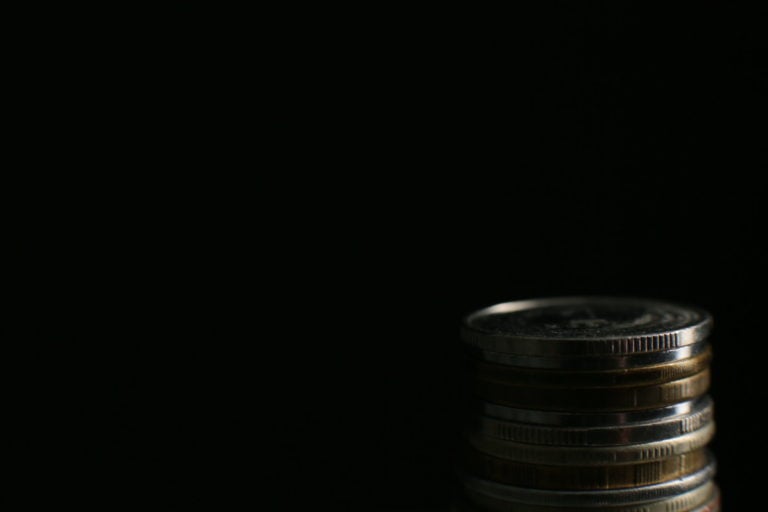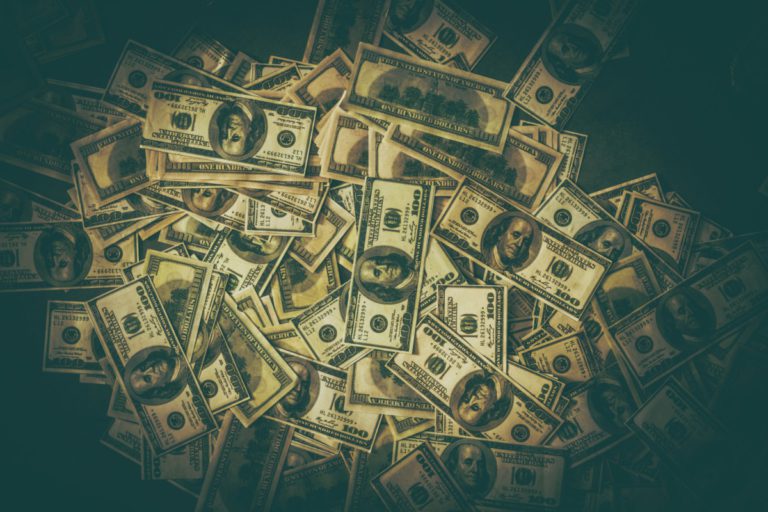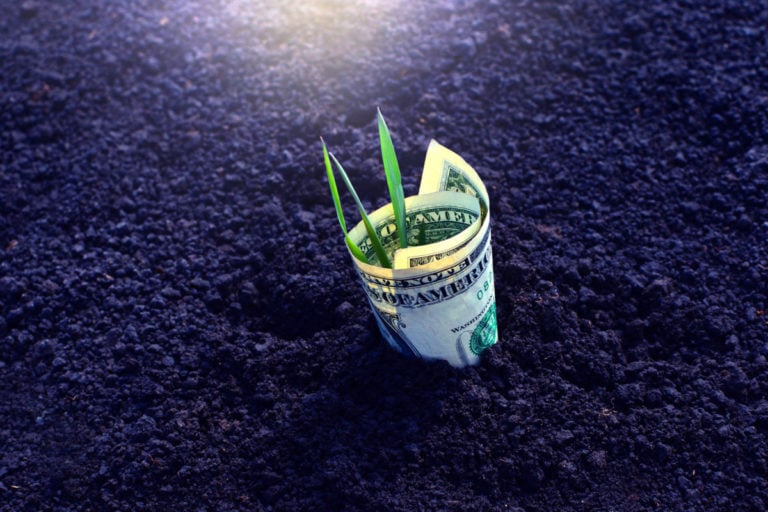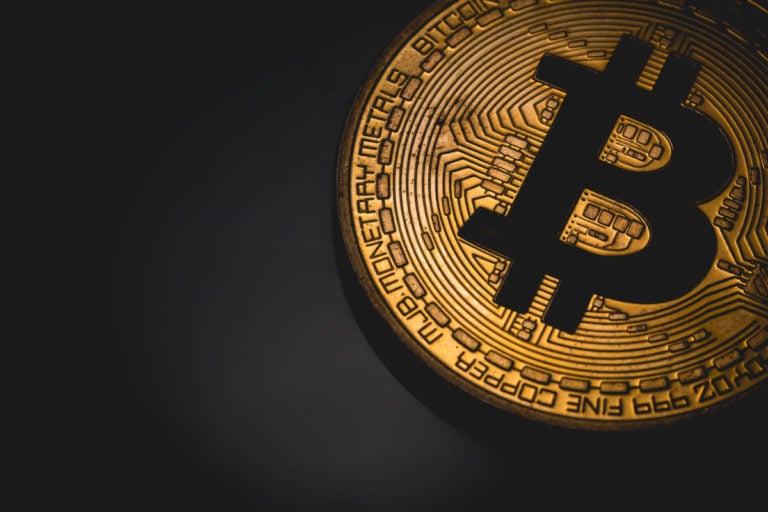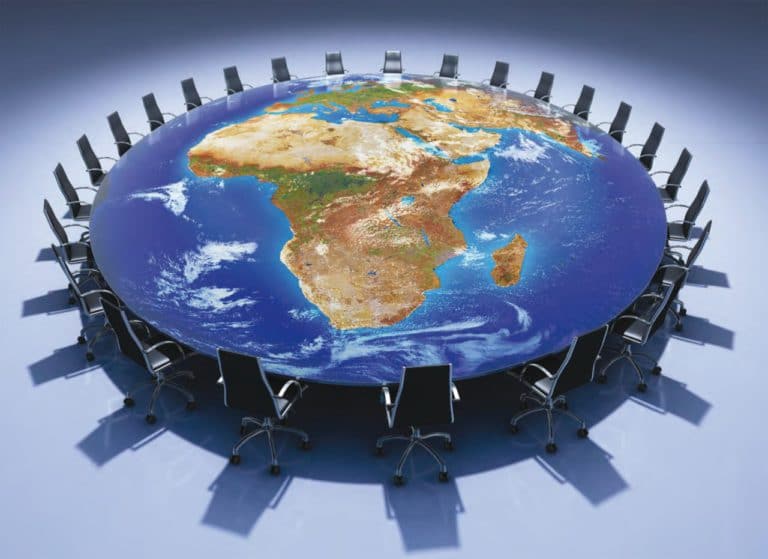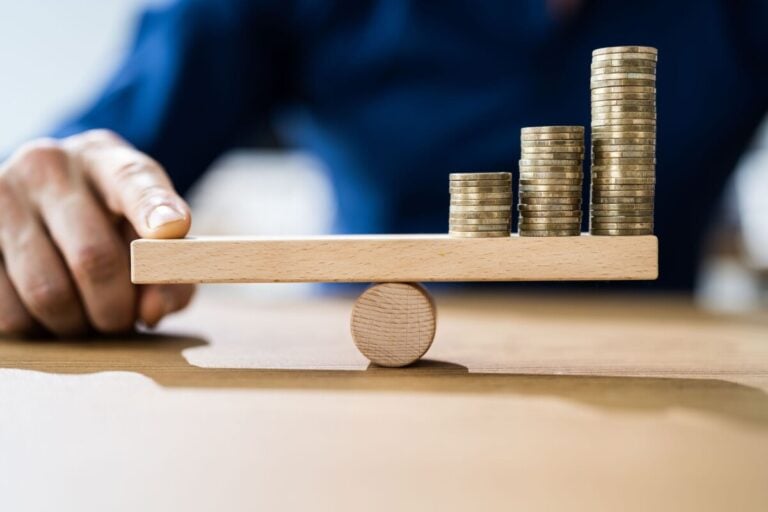The US dollar is the country’s official currency and one of the world’s reserve currencies.
- US dollar denominations
- Look and Design
- Production of banknotes and their protection
- Exchange for gold and silver
- The Triffin Paradox
- Help
- The origin of the word "dollar"
- History of the $ sign
- Why can't you depict living people on dollars
- Why the dollar became the world currency
- The value of the dollar in the world
- Officially dollarized economies
- U.S. Associated States
- The role of the reserve currency and the US economy
- Role in the US economy
- US Federal Reserve Monetary Policy after 2008
- Interesting facts about the US dollar
The history of the US dollar is shrouded in mythical images and numerous financial calculations. The currency is known all over the world, it can be used in any country. Perhaps there are no exchange offices where it is impossible to buy or sell the American dollar.
The peculiarity of the dollar is that it is accepted as an official means of payment in several countries of the world at once. In many states, it serves as an additional monetary unit, and the number of transactions made with the help of the dollar is growing every year.
US dollar denominations
Images of the dollar are in front of everyone’s eyes. Everyone knows that the dollar is decorated with portraits of presidents and a large number of symbols. No wonder this currency often becomes the hero of conspiracy theories.
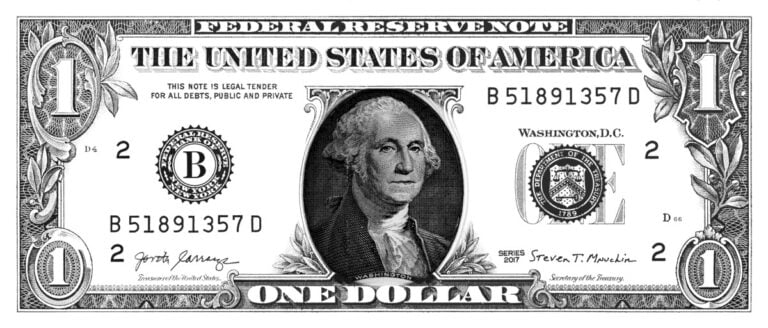
Federal banknotes, which have been issued since 1861 to the present day, are legal tender. In free circulation, you can observe the following currency denominations:
- 1 dollar. George Washington.
- $2. Thomas Jefferson.
- 5 dollars. Abraham Lincoln.
- 10 dollars. Alexander Hamilton.
- $20. Andrew Jackson.
- $50. Ulysses Grant.
- $100. Benjamin Franklin.
There are also denominations of thousands of dollars (maximum 100,000, issued in 1934 with the image of President McKinley), but they are not in free circulation, but are intended for intra-bank transactions.
As for the issued coins, the following copies are in circulation here: 1 cent, 5, 10 cents (the second name is “ladies”), 25 (quarter), 50 (haf), 1 dollar coin.
Look and Design
Coins
Each coin bears a portrait of the president (or other important figure in American history) and the reverse shows some symbol or silhouette of an iconic building for the country. With US coins, you can make an excellent excursion into history.
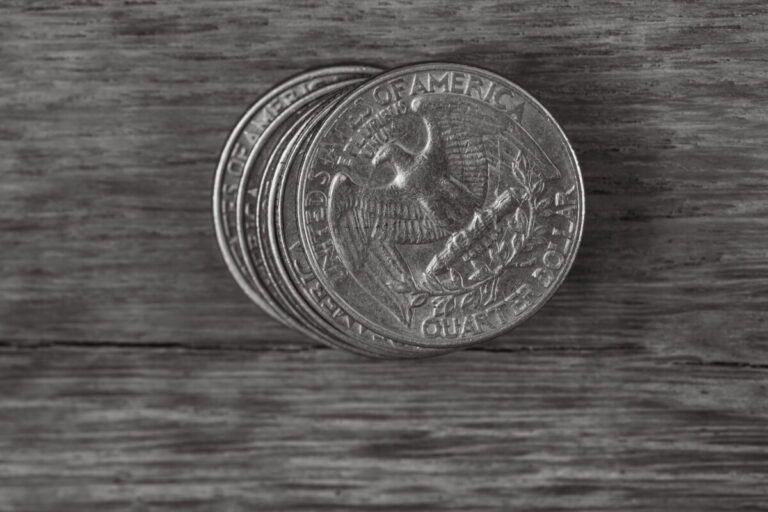
Banknotes
Regardless of the denomination, each banknote has established and accepted dimensions – 155.956 length and 66.294 mm width. The basic design for each denomination was approved in 1928 and has not changed since then.
Of particular interest to designers and numismatists is the $1 banknote. The back of the banknote depicts the Great Seal of the United States, as well as many elements in the same number – 13 (steps of the pyramid, olive tassels), which symbolize the first 13 states that formed the state.
Also on the one dollar bill there is an all-seeing eye, several quotes in Latin, which symbolize and perpetuate the “American era”.
Production of banknotes and their protection
Once every 7 (10) years, experts from the federal bank and specialized organizations update the design. Gradually, the old design is withdrawn from circulation, but again, they remain solvent.
The issue of money is carried out by 12 US banks. All of them are part of the Federal Reserve System, which was created on December 23, 1913. The territory of the country is divided into 12 districts, each of which is assigned a specific issuing bank.
¾ banknote printing paper consists of specially formulated cotton paper. The remaining 25% is prepared linen thread. As a result of this mixture, the paper does not lose color over time, and synthetic fibers are used to additionally protect the structure.
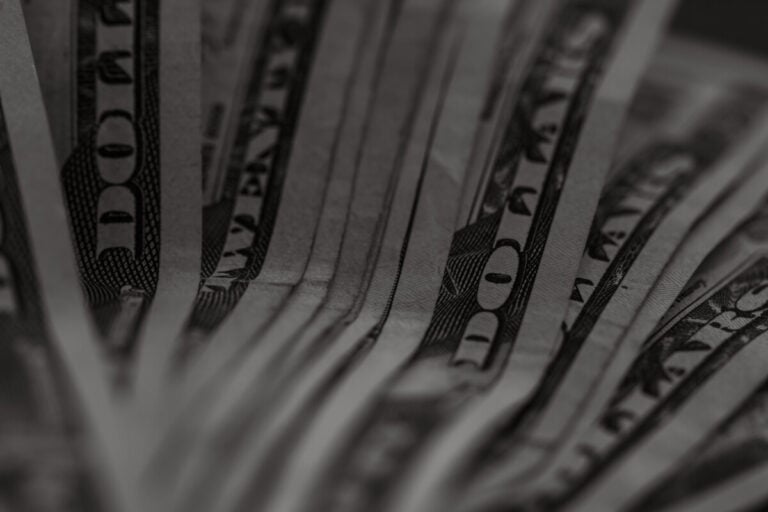
Banknote protection deserves a full-fledged monograph. In a nutshell, the following techniques are used to prevent counterfeiting of the most popular currency in the world:
- Microprinting. The banknote has several entries that form rows inside the denomination digit.
- Security thread. It can be seen if you look at the banknote with a directed light source. You will be able to distinguish the inscription USA, as well as the denomination. The thread turns red when you look at the banknote in ultraviolet.
- Watermarks. You can perfectly distinguish the hidden portrait of the titular president if you look at the banknote against the light.
- Paint that changes color. The technology is naturally hidden. It allows you to fill the banknote with a special dye that changes color from green to black.
- Concentric lines. Geometric shapes have taken their place in protecting the legitimacy of the banknote from the history of the US dollar to the present day.
Let’s take a closer look at the $100 bill. The levels of protection are as follows:
- 3D blue security tape
- The bells on the banknote change into the number 100 when rotated through a small angle.
- The large ONE HUNDRED USA lettering is located next to the famous golden feather.
- The inscription in accordance with the face value is located on the small collar of Franklin.
- Watermark with banknote design hero.
- Smooth change in colors as the banknote turns gradually.
The history of the emergence of the US dollar is saturated with a large number of fakes, which forced the government to work hard on the degrees of protection. Therefore, we can say that the history of the creation of the US dollar is a story in the style of a classic Western.
Exchange for gold and silver
In 1933, the gold exchange system took a decisive turn – the government canceled the gold standard. Since 1934, the dollar began to be converted at the rate of 1 ounce – 35 dollars.
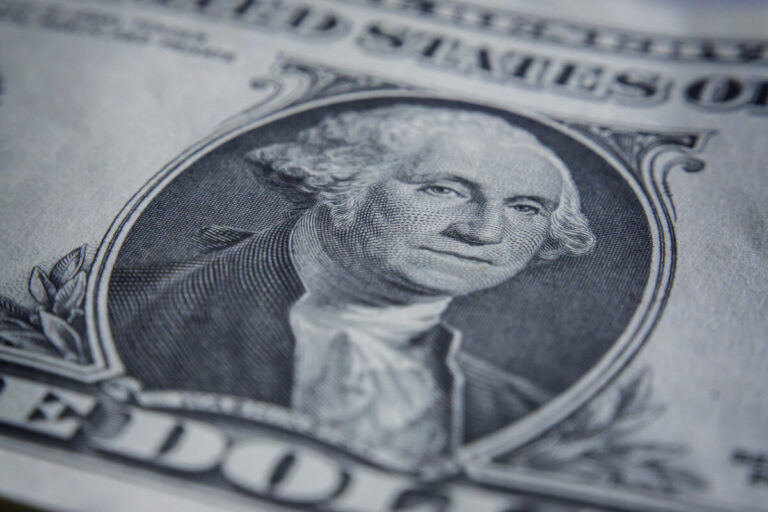
The Bretton Woods agreement was the foundation of the financial system in which we live today. Here there was a turn for gold, which for the first time in the history of mankind became not the main, but only a reserve currency. The dollar and the pound sterling became the basis of money circulation (soon only the dollar remained).
The Triffin Paradox
Help
The US Federal Reserve keeps records of the circulation of dollars around the world. It plays the role of the country’s central bank. More than $1 trillion is in circulation today. The most common banknotes are 10, 20 and 100 dollars.
The origin of the word “dollar”
Today there is no single and generally accepted theory of where the name “dollar” came from. The most popular version describes the name from the word “joachimsthaler”. This was the name of the coins that were minted in the Czech Republic.
History of the $ sign
The typographic dollar symbol is the letter S, which is additionally decorated with 1 or 2 parallel lines. The accepted version of the origin of the character is based on the graphical spelling US.
In the history of the creation of the dollar, the issue of the name and symbolism has not been finally resolved.
Why can’t you depict living people on dollars
Banknotes cannot depict living people. This legislative rule entered the history of the US dollar sign after an incident that occurred in 1866.
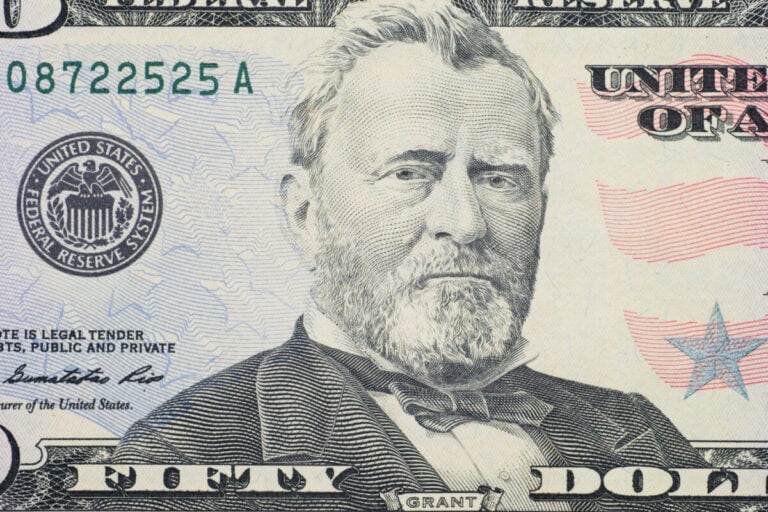
Then the head of the National Monetary Bureau, Spencer Clark, read a decree in which it was ordered to make a new banknote design with the image of Clark (but not Spencer, but the traveler William Clark). A misunderstanding between the parties led to the issuance of a small number of banknotes on which Spencer painted himself.
Such is the multifaceted history of the US dollar currency.
Why the dollar became the world currency
We have already mentioned that the Bretton Woods Conference of 1944 played a key role in the history of why the dollar was the world currency. Here the decision was fixed, according to which all world currencies were to be compared precisely with the dollar.
The value of the dollar in the world
The history of the origin and development of the US dollar gradually brought the dollar to the world leaders. Today, the currency is used for all types of transactions ranging from shopping in a store to interstate contracts.
Officially dollarized economies
Today, the dollar is recognized as the official currency in the following countries:
- British Virgin Islands
- East Timor
- Zimbabwe
- Ecuador
- Panama
- Salvador
- Turks and Caicos
U.S. Associated States
In a special category of states, the US dollar is used in:
- Northern Mariana Islands
- Marshall Islands
- Federated States of Micronesia
- Guam
- Puerto Rico
- Palau
The role of the reserve currency and the US economy
Immediately after the Second World War, the dollar ceased to be the world’s reserve currency, but became a full-fledged world currency. The dominance of the US economy led to a natural event.
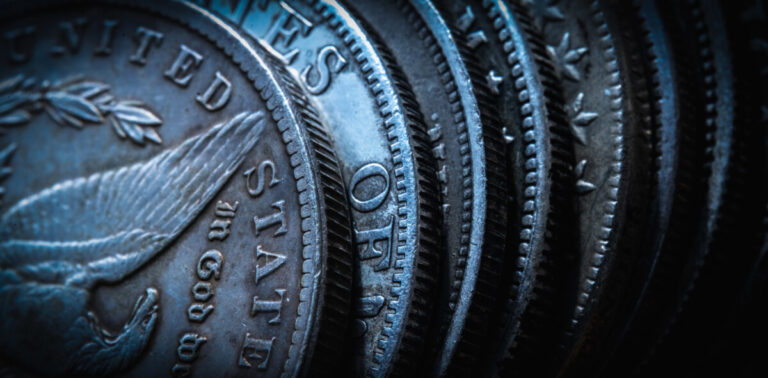
The situation slightly swayed only with the advent of the euro. The US economy began to crack and today the dollar can vary quite seriously.
Role in the US economy
After the global economic crisis, the expert commission conducted a comprehensive study on the impact of the role of the world’s main reserve currency on the economy of the issuing country.
As expected, the results were mixed. On the one hand, the transition to a reserve currency will liberate the US economy and promote domestic development. On the other hand, it can lead to serious exchange rate fluctuations, which can be catastrophic.
US Federal Reserve Monetary Policy after 2008
After the same global crisis, a program was carried out to soften the issuance of bonds and mortgages. The state bought back a large number of mortgage bonds, easing the burden on the currency. The mitigation program is still going on today, changing stage by stage.
Interesting facts about the US dollar
And finally, some fascinating facts about the well-known currency.
- In 2015, an important decision was made in the United States – it was decided to put a woman on a banknote of 10 dollars. A project was developed and the date for the appearance of the new “ten” was approved – 2020. But the long-dead Hamilton spoiled everything. The level of its popularity among the population suddenly went up and already in 2016 the first “female” dollar was abandoned.
- You can often come across a myth according to which the author of the design of dollars (more precisely, 1 dollar banknotes) is the Russian master Nicholas Roerich. Despite the media popularity of this version, it has no basis. The 1935 banknote designer Edward Wicks, who ran the engraving bureau at the US Treasury,
- The dollar wasn’t always green. Until 1929, different colors were used in its production. But at the beginning of the Great Depression, everything had to be cut, and green dye was the cheapest. In addition, the color was not strongly subjected to the destructive effect of external influences. Another plus of the green tint is that it inspires confidence among the population and disposes to itself.

